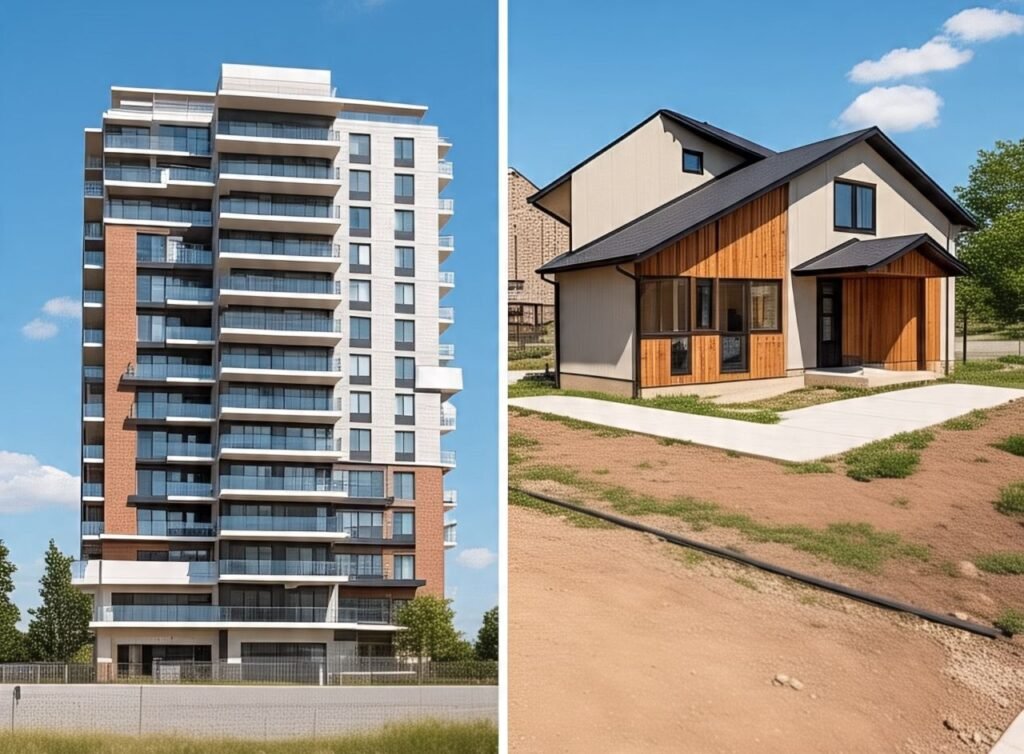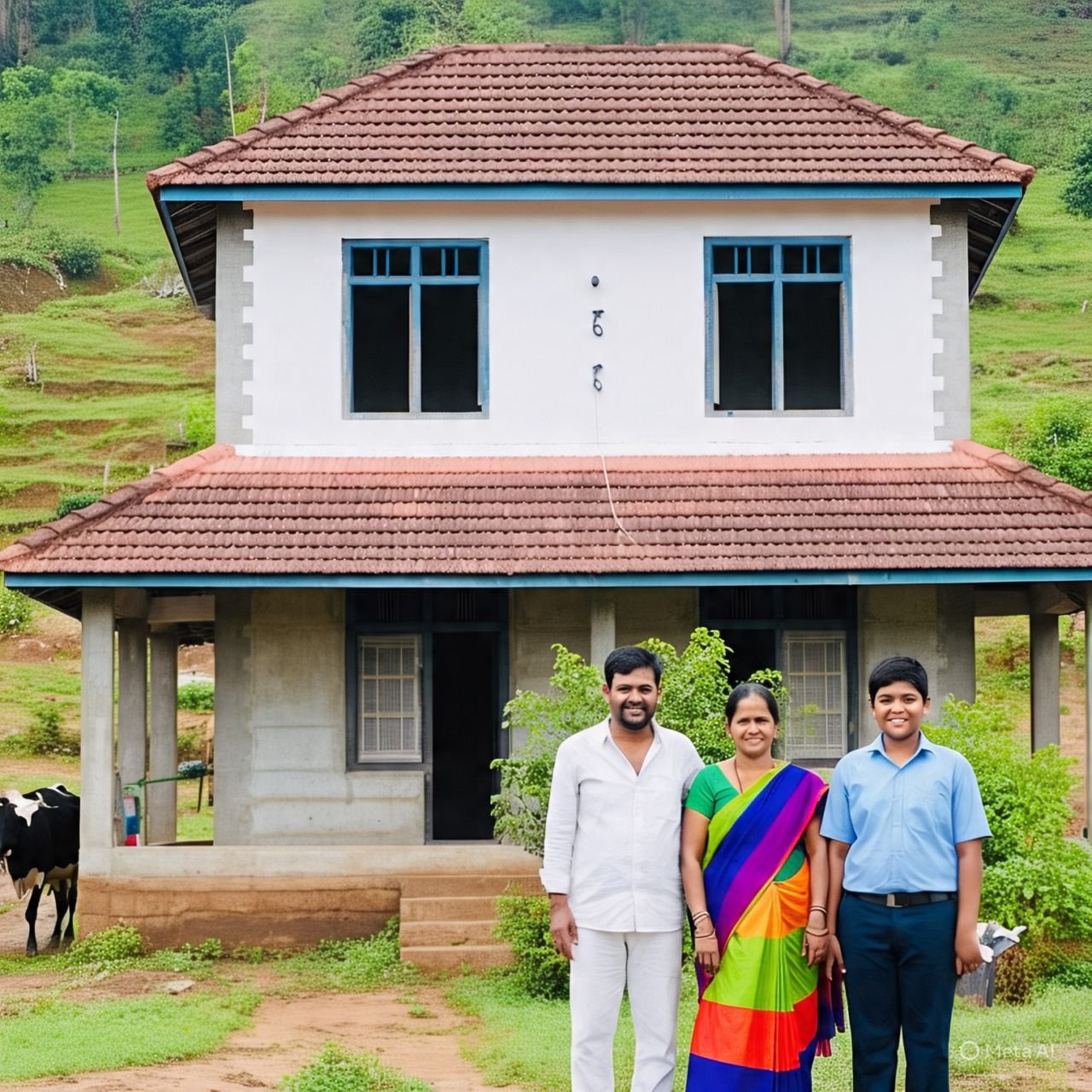
Affordable Housing in 2025: Bridging the Urban-Rural Divide
India’s housing challenge isn’t new — but in 2025, it’s reached a pivotal point. With over 1.4 billion people and growing urbanization, the need for affordable housing continues to dominate the real estate conversation. However, this challenge is no longer confined to cities. The urban-rural divide in housing access and quality is becoming a central focus of government policies and private sector investments.
Let’s explore how India is approaching this divide, the progress made so far, and what needs to happen next to ensure that every citizen, regardless of geography, has a safe, sustainable place to call home.
Urban Affordable Housing: Still a Work in Progress
In Indian cities, affordable housing projects have largely been driven by government schemes like the Pradhan Mantri Awas Yojana (PMAY-Urban). As of 2025, the scheme has sanctioned over 1.2 crore homes, with nearly 75% completed or under construction.
Despite progress, urban affordable housing continues to face major challenges:
High land costs in metro areas
Inadequate infrastructure in peripheral zones
Delays in approvals and clearances
Mismatch between supply and demand in terms of size and price
Smart solutions like vertical housing, modular construction, and public-private partnerships (PPPs) are helping, but the urban housing crunch is far from over.
Rural Housing: A Silent Revolution
While the spotlight often stays on cities, rural India is quietly undergoing a transformation. Thanks to the PMAY-Gramin initiative, millions of pucca (permanent) homes have been constructed across villages, helping uplift the standard of living for low-income families.
Key features of this rural housing revolution in 2025:
Geo-tagged construction monitoring for transparency
Use of local materials and labor to promote sustainability and jobs
Financial support with convergence from other rural schemes like MGNREGA and Swachh Bharat Mission
Rural housing today is not just about shelter — it’s about dignity, employment, and community development.
Bridging the Divide: What’s Working
Efforts are underway to bridge the urban-rural housing divide through:
Digital Infrastructure: Use of online portals like AwasSoft and e-GRAM SWARAJ to track housing targets and funding in real-time.
Zoning Reforms: States like Maharashtra and Karnataka are easing land-use restrictions to enable affordable housing in semi-urban areas.
Incentivizing Developers: Tax holidays, FSI bonuses, and fast-track approvals for affordable projects in both rural and peri-urban zones.
Smart Villages: Integrating housing with digital connectivity, water, sanitation, and solar power to make rural living more viable.

Challenges That Still Remain
Despite progress, several barriers still hinder India’s affordable housing mission:
Fragmented land ownership in rural areas
Poor maintenance of rural housing stock after handover
Limited rental housing options in Tier-3 and rural towns
Affordability gap even within the “affordable” price range in urban zones
To truly bridge the gap, the focus must shift from just quantity to quality, with local community engagement, resilient construction, and long-term financing options.
Conclusion
In 2025, the convergence of technology, policy, and people’s aspirations presents a golden opportunity to redefine affordable housing in India. Bridging the urban-rural divide isn’t about bringing rural residents to cities — it’s about bringing opportunity, dignity, and infrastructure to rural areas.
The future lies in regional planning, inclusive design, and equitable investment. Only then can India claim to have truly met its “Housing for All” vision.
Ready to find your ideal family flat?
Call us at +91 9999221552
